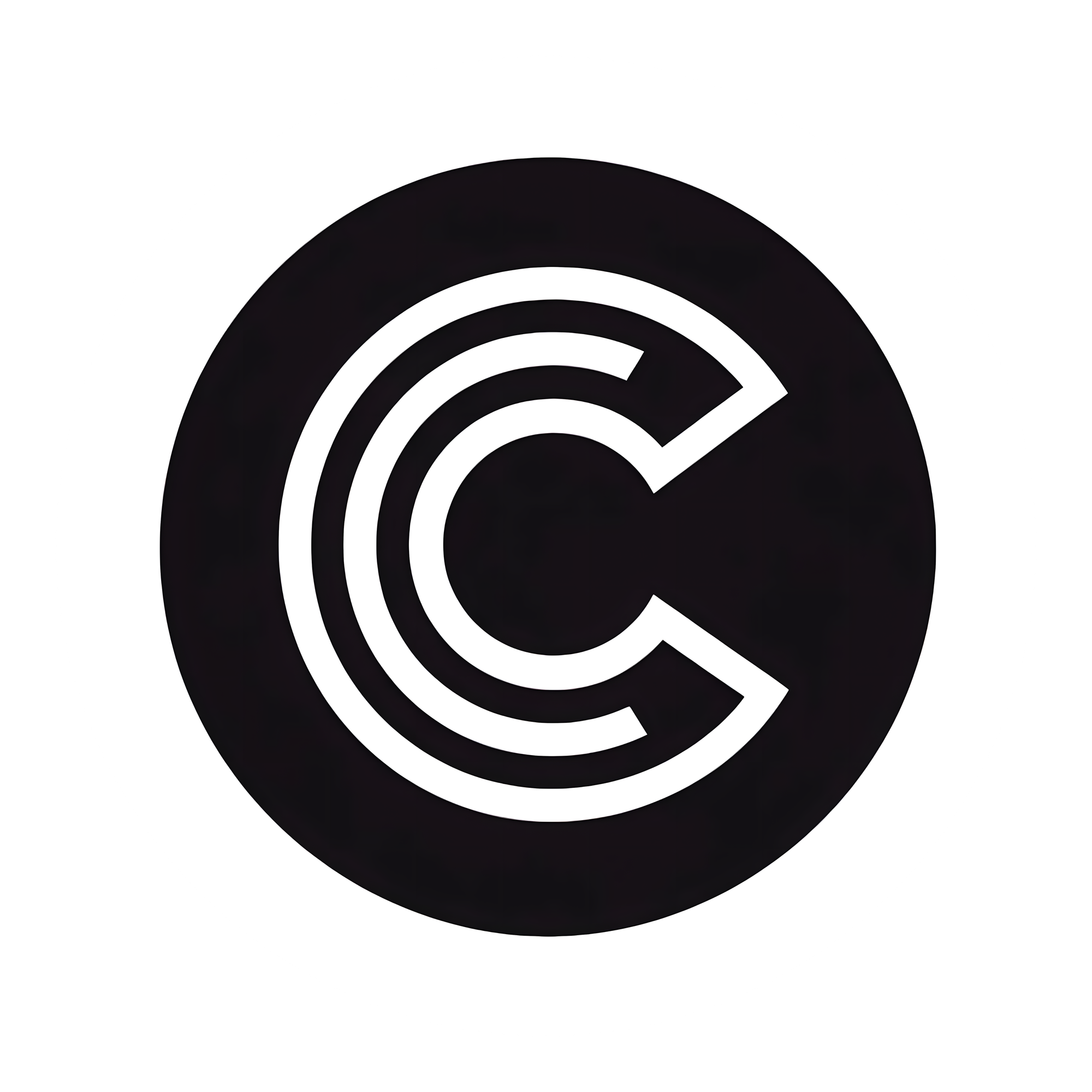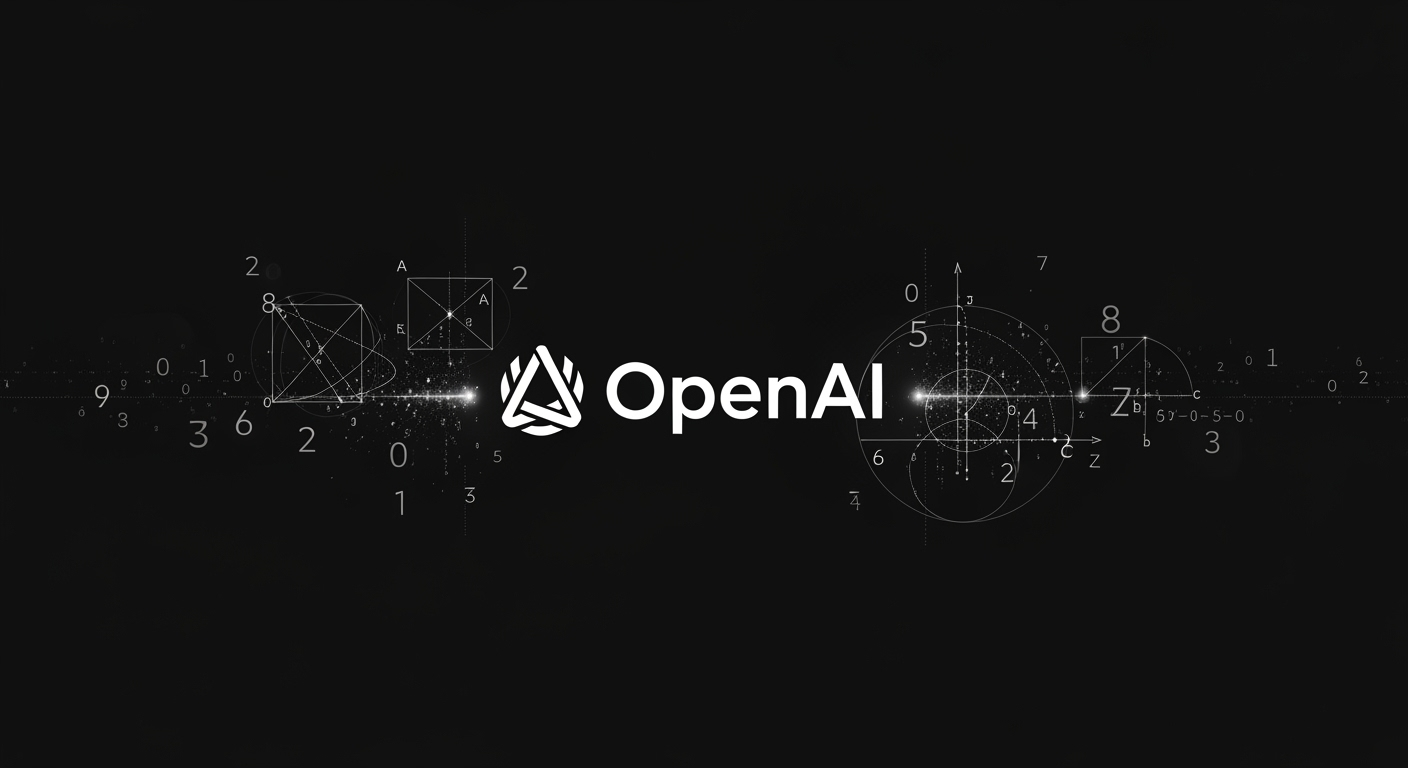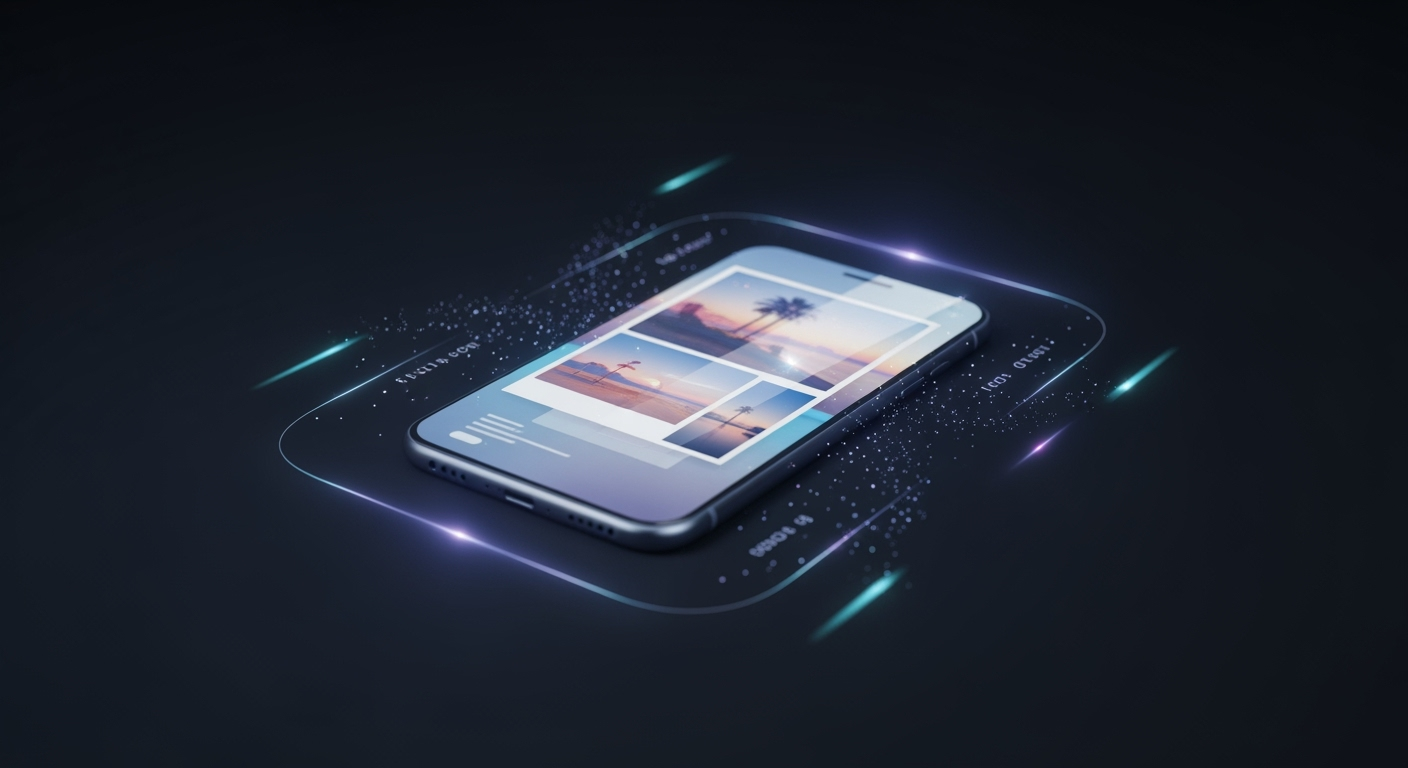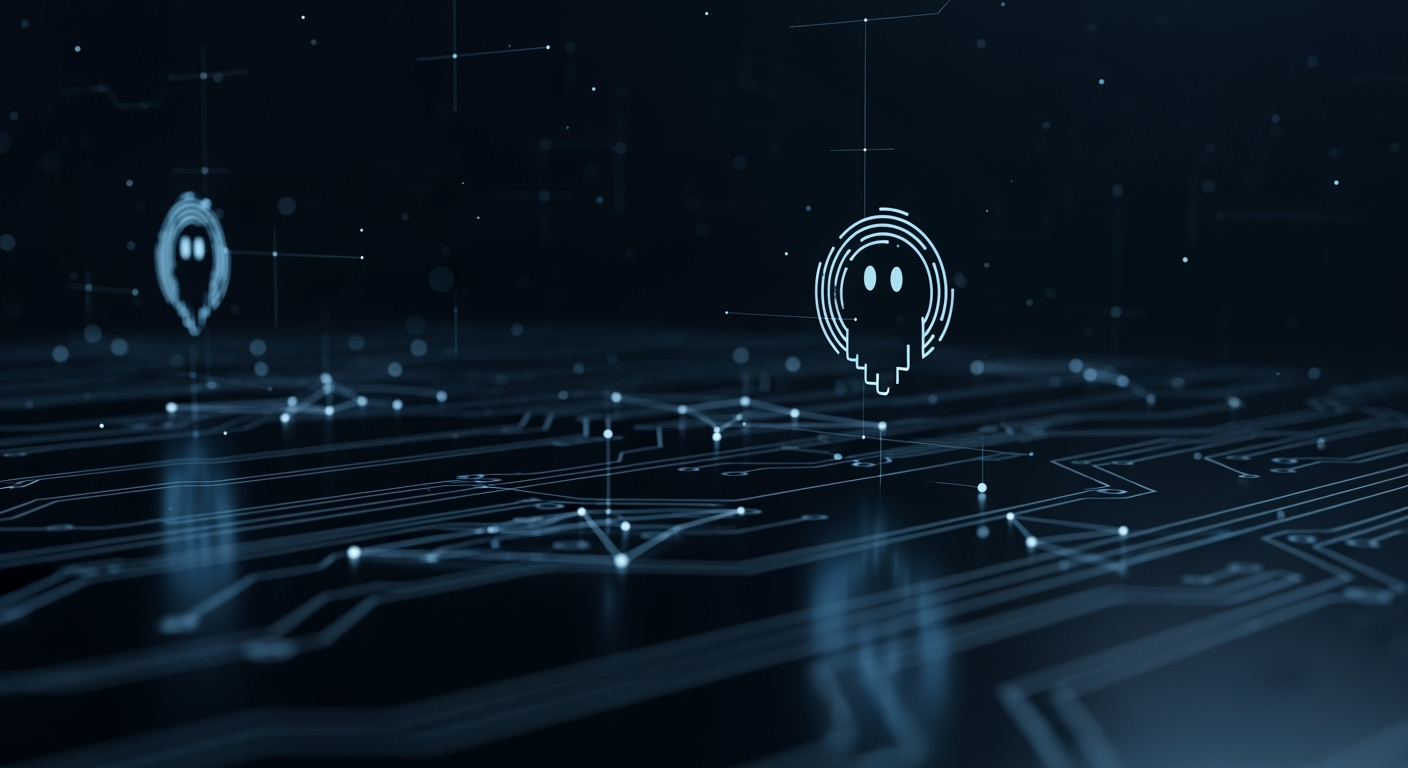OpenArt’s One-Click AI Tool Makes Viral Brainrot Videos Effortless
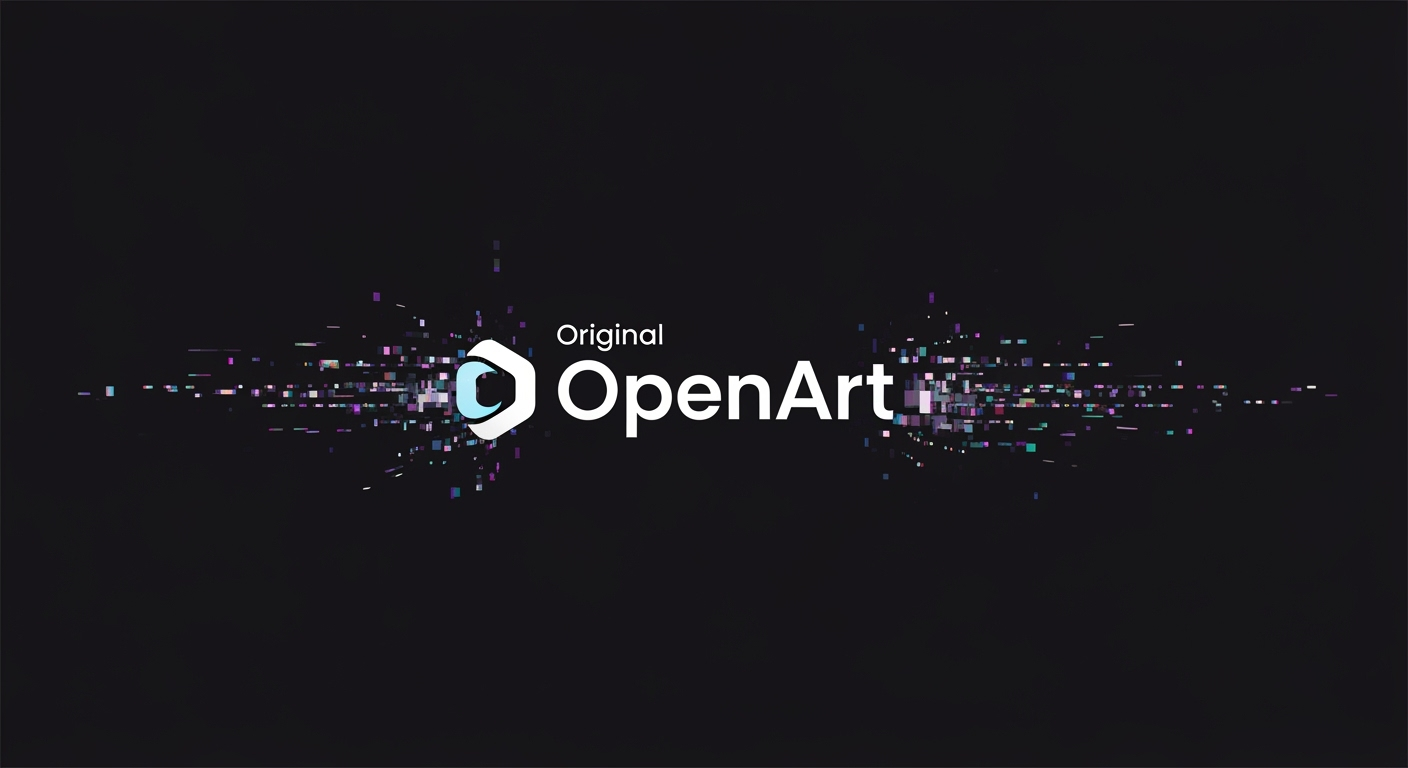
OpenArt’s One-Click AI Tool Makes Viral Brainrot Videos Effortless
AI-generated “brainrot” videos—surreal, meme-friendly clips featuring wild characters and unexpected storylines—are quickly taking over social media, especially among younger audiences. Think sharks in sneakers or ballerinas with cappuccino heads: these offbeat, highly shareable videos are now easier to create than ever, thanks to a breakthrough from OpenArt, an AI startup founded by ex-Google engineers.
OpenArt’s New “One-Click Story” Feature
OpenArt’s latest feature, currently in open beta, lets users transform a single sentence, song, or script into a one-minute video narrative with just one click. Whether you’re making a TikTok skit, an explainer, or a music video, the process is streamlined and creative barriers are lower than ever.
- Templates: Choose from Character Vlog, Music Video, or Explainer formats.
- Customization: Upload a character image and prompt, or let the AI generate visuals based on a song’s lyrics.
- Editing: Fine-tune each clip using storyboard mode for greater creative control.
The platform leverages more than 50 AI models—including DALLE-3, GPT, Imagen, Flux Kontext, and Stable Diffusion—so users can select their preferred tools for different needs.

Lowering the Barrier for AI Creativity
OpenArt’s mission is to democratize video creation with AI, making it easy for anyone to become a creator. With around 3 million active users, the platform is already enabling a new wave of content makers to produce unique stories at scale—though it also raises ongoing ethical questions around style imitation, IP rights, and potential misuse.
Intellectual Property: Proceed with Caution
The Character Vlog template, for example, allows users to create videos with iconic characters like Pikachu or SpongeBob. However, this treads into a legal grey area. While OpenArt’s models are designed to reject uploads of protected IP, some instances may slip through, posing copyright risks. Users are reminded that infringing content can be removed from platforms, and legal liability is possible.
OpenArt’s CEO, Coco Mao, emphasizes their cautious approach: “When you upload some IP characters, by default, the models we use will reject them... but sometimes it slips.” The company is open to licensing discussions with major IP holders to address these concerns.

What Sets OpenArt Apart?
One key innovation is character consistency. Unlike basic video models that produce disconnected clips, OpenArt aims for visual and narrative cohesion—keeping characters consistent throughout a story. This is crucial for immersion and narrative flow, and is a technical challenge many other AI tools haven’t solved.
Looking ahead, OpenArt plans to add features like two-character conversations and a mobile app. The platform uses a credit-based subscription model, starting at $14/month for individuals and scaling to team and enterprise options.
- Starter: $14/month (4,000 credits)
- Advanced: $30/month (12,000 credits)
- Infinite: $56/month (24,000 credits)
- Team: $35/month per member
With $5 million in funding and a projected annual revenue rate surpassing $20 million, OpenArt is well-positioned to lead the next wave of AI-powered creativity.
